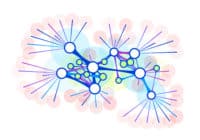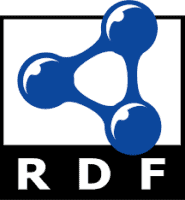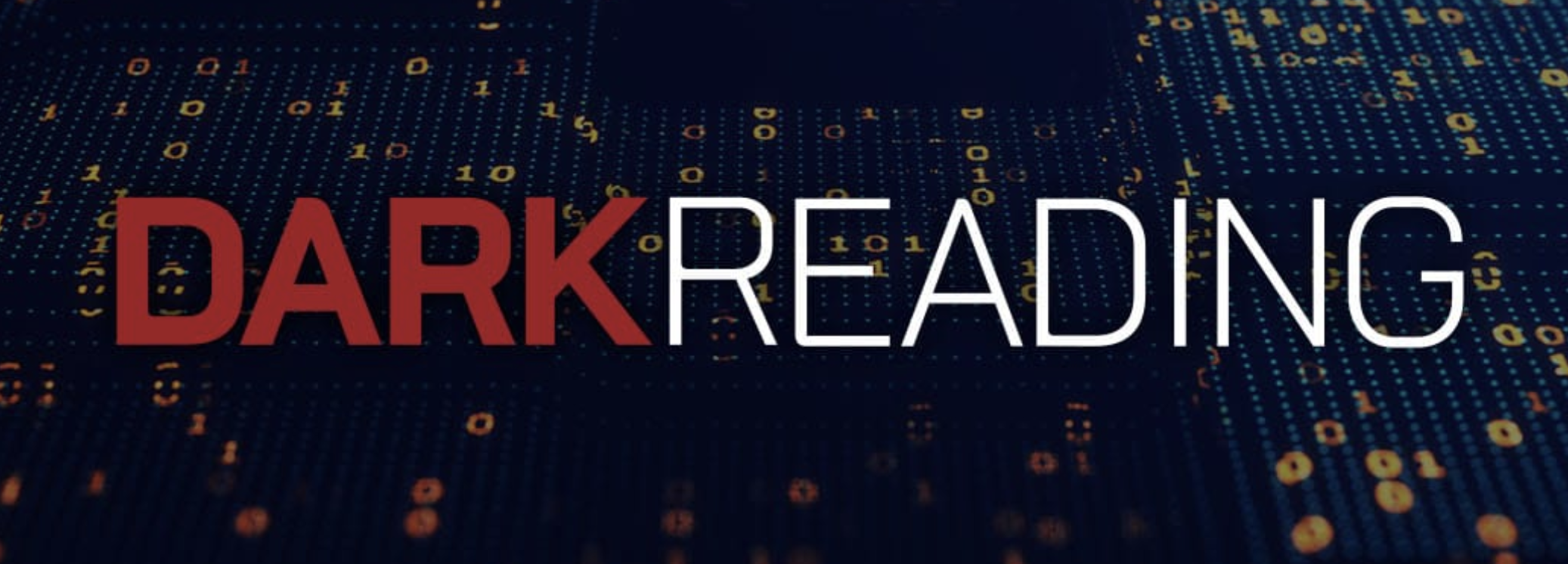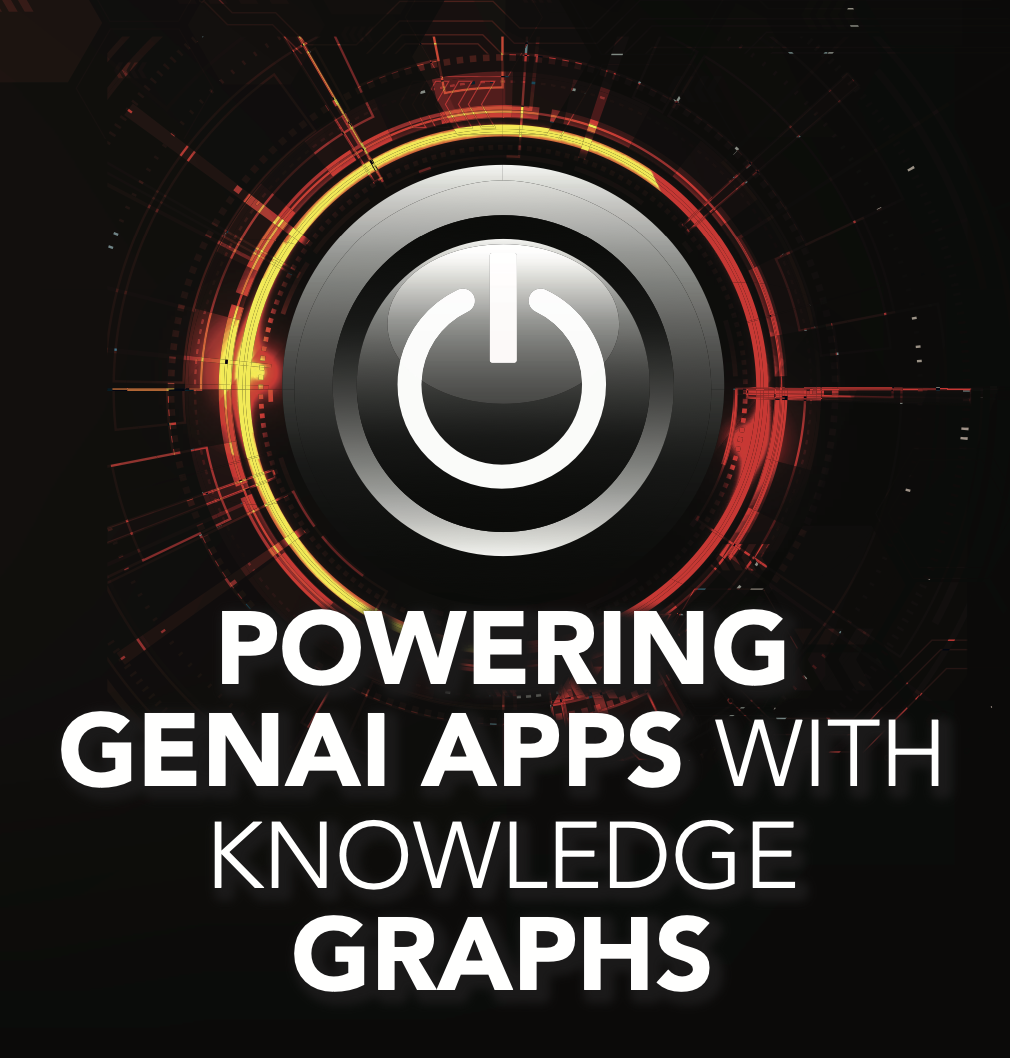- 25 September, 2018
Why Enterprise Knowledge Graphs Need Semantics

(andrio/Shutterstock)
The Enterprise Knowledge Graph concept strikes at the core of what every data-driven organization is trying to do: translate data assets into a competitive advantage unique to those assets and the company itself.
By effectively connecting enterprise-wide data—both internal and external—into a sole repository reusable for a variety of use cases across an organization, Enterprise Knowledge Graphs are the single most effective mechanism for accomplishing this objective. The proliferation of use cases spanning Silicon Valley’s finest proves this point as well as the business value of this methodology.
What’s lesser known is the role of semantics in this application. Semantic technology doesn’t just support the Enterprise Knowledge Graph paradigm; it empowers, enables, and engenders it. Without semantics the notion of an Enterprise Knowledge Graph would either be impossible or too impractical to achieve.
Moreover, these graphs hinge upon the foundational components of the semantic approach. RDF functions as the underlying graph framework, ontologies provide a rapidly evolving schema, and standardized taxonomies facilitate consistent meaning of data linked across an organization. The composite of these tools is reflected in the inimitable understanding of how enterprise data relates to business problems, which is the natural output of Enterprise Knowledge Graphs.
Resource Description Framework (RDF)
RDF is perhaps the most important instrument in the semantics toolkit because it provides the means by  which data is joined in a single graph. Semantic graphs (also known as linked data graphs) rely on RDF to provision a number of distinct advantages ideal for connecting data from any type or source. Semantic graphs hone in on the relationships between nodes, which is pivotal to deriving context and correlations among variegated data elements. RDF bestows a unique, machine-readable identifier (a URL) to each datum throughout the enterprise, which enables the graph to connect data the same way regardless of original source system technology, schema, structure variation, or any other characteristic.
which data is joined in a single graph. Semantic graphs (also known as linked data graphs) rely on RDF to provision a number of distinct advantages ideal for connecting data from any type or source. Semantic graphs hone in on the relationships between nodes, which is pivotal to deriving context and correlations among variegated data elements. RDF bestows a unique, machine-readable identifier (a URL) to each datum throughout the enterprise, which enables the graph to connect data the same way regardless of original source system technology, schema, structure variation, or any other characteristic.
The linked data capabilities of semantic graphs eradicate the dependency on silos of other approaches, allowing all data to be joined in a single repository. Significantly, the URLs at the heart of RDF are queryable, enabling enterprise-wide insight into all data regardless of their apparent differences at point of origin. Connecting enterprise data in a single linked data repository is the foundation for the knowledge arising from greater understanding of how they relate and apply to business processes.
Classifications and Taxonomies
RDF is underpinned by a number of semantic standards pertaining both to data’s meaning and modeling. The former is facilitated by taxonomies and classifications which harmonize the meaning of diverse data linked together in RDF. The underlying importance of classifications is that they ensure the same terms have the same meaning throughout all of the data connected in an Enterprise Knowledge Graph, which is a considerable feat considering the variations of data, sources, and structures available after the emergence of big data.
Classifying terms, their definitions, and their correspondence to data with these semantic tools provides the uniformity of meaning for which semantic technology is renowned, while furnishing the basis for data governance, data quality, and data stewardship to sustain the Enterprise Knowledge Graph. Without classifications these graphs would yield inaccurate query results and conflicting information, obscuring any purported insight.
Ontological Models
Ontologies are standardized semantic models which make all data adhere to the same format. They’re equally vital to classifications in the consistency they render to data of myriad types and technologies, allowing data to be connected via RDF in a uniform fashion. Ontologies facilitate multiple benefits which make Enterprise Knowledge Graphs viable. Their standardized format drastically reduces the data engineering required to format data that slows other technological approaches. Thus, organizations can quickly incorporate new data sources or business requirements for existing data since ontologies evolve to accommodate those new requirements.
The data preparation for the schematic concerns they address is done upfront and doesn’t need to be recalibrated every time a change is made—which is often the case with relational methods. In addition to standardizing data, ontologies substantially decrease time to value when incorporating new data or data-driven processes. They enable Enterprise Knowledge Graphs to expediently encompass data of all types to provide the comprehensive analytic experience for which these platforms are acclaimed.
The Solidification of Knowledge
The principal distinction of Enterprise Knowledge Graphs is the ability to link all data assets in one place to determine their relationships to each other and business functions. Semantic technologies are directly responsible for these boons. Linked data graphs underpin repositories in which data are connected. In turn, they’re fortified by the consistency of standardized modeling and meaning of data courtesy of ontologies and classifications, respectively. The collective utility of these mechanisms is the holistic, unequaled knowledge they manifest about data’s relevance to fulfilling organizational objectives.

About the Author: Dr. Jans Aasman Ph.d is the CEO of Franz Inc., an early innovator in Artificial Intelligence and leading supplier of Semantic Graph Database technology. Dr. Aasman’s previous experience and educational background include: · Experimental and cognitive psychology at the University of Groningen, specialization: Psychophysiology, Cognitive Psychology. · Tenured Professor in Industrial Design at the Technical University of Delft. Title of the chair: Informational Ergonomics of Telematics and Intelligent Products · KPN Research, the research lab of the major Dutch telecommunication company · Carnegie Mellon University. Visiting Scientist at the Computer Science Department of Prof. Dr. Allan Newell.







